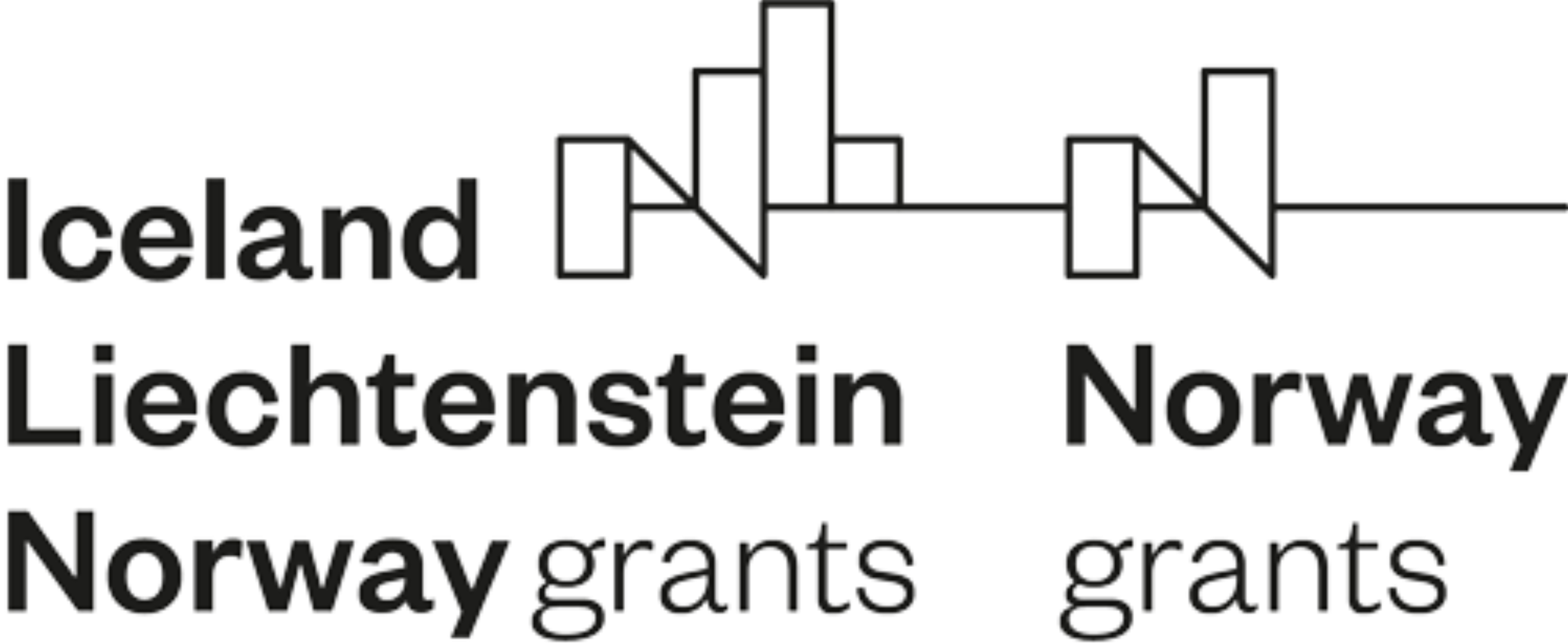SCRUFY: Enhancing safety and efficiency in maritime inspection and maintenance operations!
 © Scrufy
© ScrufyThe development of biofouling on the ship hull poses a significant problem, leading to high fuel consumption and high maintenance costs for vessels. Aiming towards increased cost-efficiency and increased safety for personnel and goods at sea, the key objective of the SCRUFY-project was to optimize maintenance costs and the efficiency of inspection procedures within the shipping sector. Through this Research & Development project supported by the EEA Grants, IKNOWHOW S.A has developed a robotic crawler for operating executing and maintenance operations. Introducing new technology to the market, their innovative crawler is certified for operations under water and near explosives.
Scrufy eliminates biofouling development to achieve optimum hull performance. The product features magnetic tracks with powerful permanent magnets for safe attachment and soft rubber belts providing enough grip for robust navigation whilst being very gentle with the surface coating. The heart of SCRUFY lies in its technical prowess. The solution differentiates from the industry norm by providing autonomous navigation powered with AI, allowing the robot to execute multi hour missions unattended while the ship is at sea. The crawler is also able to perform non-destructive inspections remotely.
The crawler’s ability to inspect the vessel at sea eliminates the need for dry-docking, thus resulting in substantial cost savings for shipowners. SCRUFY also provides significant fuel savings, thus continuing the contribution to reduced costs for shipowners, but also to reduced Co2 emissions. In addition to providing ship owners with enhanced efficiency during inspection procedures, the crawler’s ability to perform inspections remotely eliminates the need for human intervention, thus ensuring a safer environment for maritime inspectors, an important concern in an industry often fraught with risks.
Commenting on the project’s success and great market potential, Director of Innovation at IKNOWHOW S.A Nikos Frangakis explains that SCRUFY is already on the market and has received substantial interest. He highlights the importance of the financial support from the EEA Grants behind the success and emphasizes how the support through the “Business Innovation Greece”-programme has helped to increase the pace of development, which has been crucial for the competitiveness of their innovative solution.
In summary, the SCRUFY project represents a significant advancement in maritime inspection and maintenance procedures. Supported by the EEA Grants through the “Business Innovation Greece” programme, this robotic crawler provides enhanced efficiency, cost savings and increased safety for maritime inspectors through its autonomous functionality and ability to execute operations under water and remotely. SCRUFY has garnered considerable interest from the market, displaying the contributions of the EEA Grants to increase value creation and competitiveness of Greek companies.
